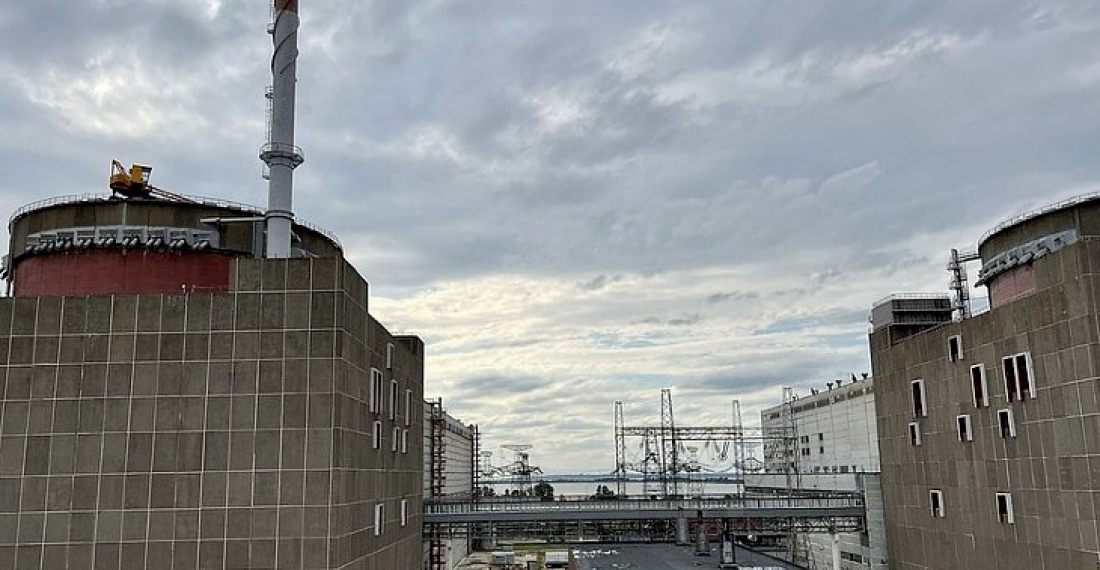Ukraine's Soviet-build Zaporizhzhia nuclear power plant on the banks of the Dnieper River has switched to emergency power, reports the International Atomic Energy Agency on Wednesday (23 November). Europe's largest nuclear power plant is running on diesel generators after losing access to the power grid.
This is not the first time the power plant has been cut off from the grid. Earlier this month, the plant also had to switch to diesel generators after high-voltage cables were damaged by suspected Russian shelling.
Three other nuclear power plants in Ukraine were shut down earlier on Wednesday following Russian airstrikes Ukraine's electricity supply infrastructure.
Ukraine on Wednesday convened a meeting of the UN Security Council to discuss the latest Russian aggression.






